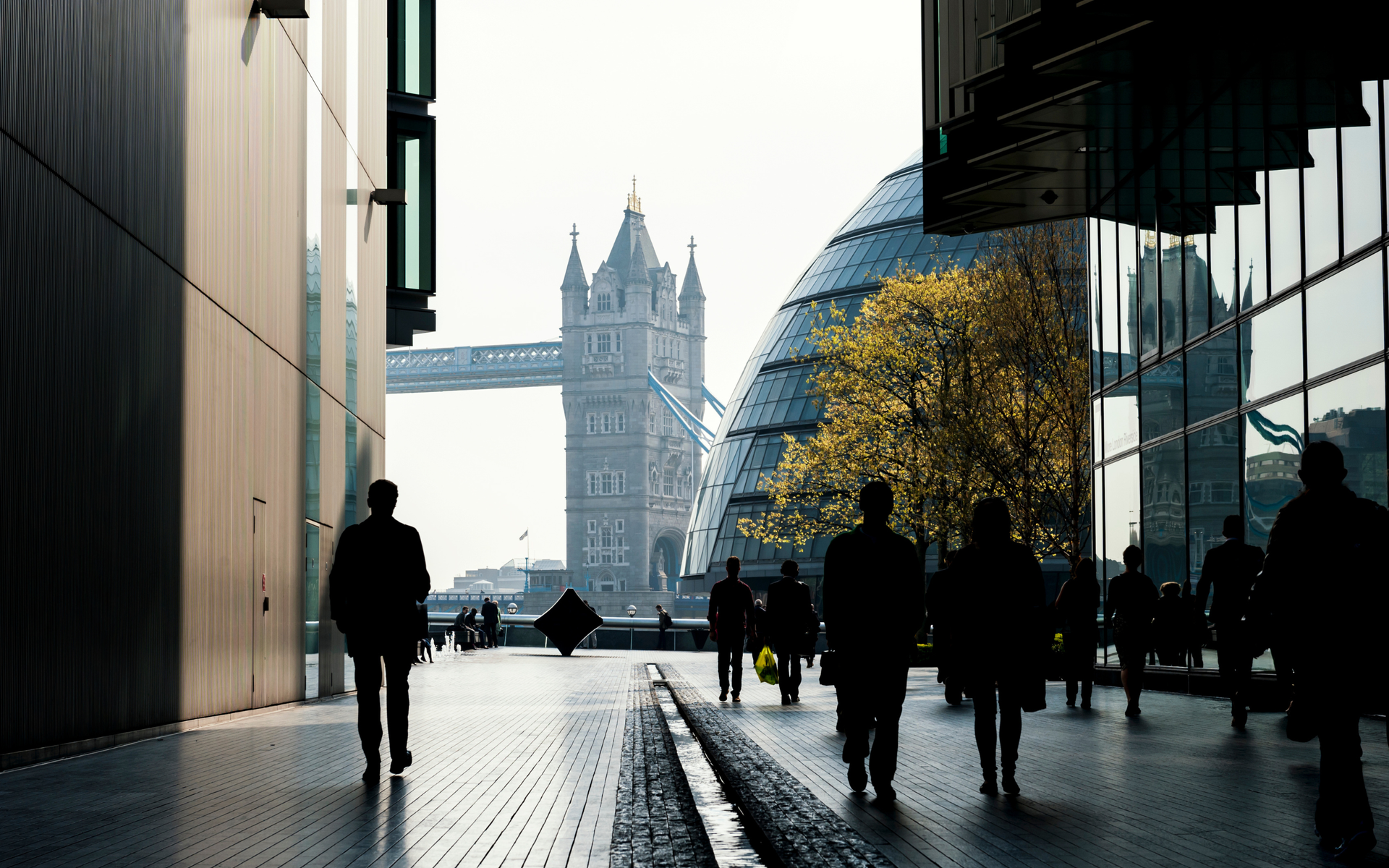Continuous Penetration Testing vs Annual Assessments: What’s Right for Your Business in 2025?
Introduction
Cybersecurity is no longer a static discipline. With digital transformation accelerating across every sector, threats are emerging faster than ever before. Businesses are rethinking how they validate their security.
In 2025, one of the most important decisions organisations face is choosing between continuous penetration testing and traditional annual security assessments.
This blog is designed for business leaders, cybersecurity professionals, developers and IT teams looking to build more resilient systems. It will help you understand the differences, evaluate what works best for your organisation and make an informed decision backed by expert insight.
What is Continuous Penetration Testing?
Continuous penetration testing is an ongoing approach to identifying and addressing security vulnerabilities. Unlike annual assessments, which are periodic and reactive, continuous testing integrates with your live environments and development pipelines to proactively detect and respond to risks as they emerge.
The Limitations of Annual Assessments
Annual security assessments have long been the standard in cybersecurity due to their alignment with compliance requirements. Frameworks such as ISO 27001, GDPR, and Cyber Essentials recommend or mandate regular testing to demonstrate that appropriate security controls are in place. For years, this annual rhythm has given organisations a structured way to check their systems, document findings, and address risks. However, as digital environments become more complex and threats more agile, the limitations of this approach are becoming increasingly apparent.
The primary issue with annual penetration testing is its static nature. It offers a snapshot in time rather than a continuous evaluation. Organisations receive a report that outlines vulnerabilities present at the time of testing, but it does not reflect any risks introduced after the assessment is completed. In fast-moving sectors like financial services, e-commerce or SaaS, systems are updated regularly. New code is released, configurations change and new integrations are added. Each of these activities can introduce new vulnerabilities, but the organisation remains unaware until the next annual test.
This delay creates a significant window of risk. Cybercriminals are opportunistic and well aware of the lag between tests. A vulnerability introduced just days or weeks after an annual assessment could remain undiscovered for months. During this time, attackers could exploit the weakness, steal data or install malware without detection.
In 2023, a UK-based fintech company experienced a serious data breach due to a misconfigured API endpoint. This vulnerability was introduced through a code update just three weeks after their annual penetration test. Because no further security testing was scheduled for another eleven months, the issue went undetected. Cybercriminals exploited the flaw to extract sensitive financial data affecting thousands of customers. An investigation revealed that the breach could have been prevented with more frequent or continuous testing, which would have flagged the issue shortly after deployment.
Another challenge is that annual assessments are often treated as a compliance exercise rather than a proactive security measure. Some organisations view the penetration test as a task to complete for audit purposes rather than an opportunity to genuinely understand and address weaknesses. This mindset leads to limited engagement, delayed remediation and missed opportunities to improve long-term security maturity.
Moreover, traditional penetration testing focuses on known vulnerabilities and commonly exploited misconfigurations. While this provides valuable insight, it does not always account for new and emerging threats. Cyberattacks evolve rapidly, and a once-a-year assessment is unlikely to capture novel techniques or attack paths developed in response to recent events.
From a resource perspective, annual testing can also place significant pressure on internal teams. When all security assessments are concentrated into one period each year, the workload to address findings is intense and often overlaps with other critical business cycles, such as year-end planning or audits. This can lead to rushed remediation of certain findings.
Why Annual Assessments Still Have a Place
While continuous penetration testing is a powerful method for modern security assurance, annual assessments continue to offer strong value in specific contexts. These traditional assessments are particularly relevant for organisations operating within stable environments, regulated sectors or with limited internal resources. There is still an important role for structured, scheduled testing that aligns with annual business cycles and compliance requirements.
Annual assessments act as a comprehensive snapshot of an organisation’s security posture. They often coincide with the end of financial years, board reporting deadlines or regulatory submissions. For many companies, especially those in finance, law, education or government contracting, annual penetration tests form a cornerstone of audit processes. These reports demonstrate diligence to regulators, partners and customers. They also provide executive teams with a clear understanding of key risks and the state of controls across critical systems.
Consider a legal firm with 30 employees, working primarily from office-based desktops and using a third-party document management system. Their infrastructure does not change often. Their digital risk is relatively low, and they have no internal developers. In this case, the overhead of continuous testing might outweigh the benefits. Instead, one annual test supported by quarterly vulnerability scans could provide sufficient assurance without excessive cost or effort.
In heavily regulated industries, formal annual assessments are often required to maintain certification or adhere to specific frameworks. For instance, ISO 27001, Cyber Essentials Plus and GDPR Article 32 all support regular testing but do not mandate continuous activity. Many compliance bodies still regard annual testing as adequate for demonstrating a proactive approach to cybersecurity risk management. These frameworks focus more on repeatability, accountability and evidence of periodic review rather than real-time monitoring.
Annual assessments also offer clarity in environments that are otherwise difficult to monitor continuously. Legacy systems, on-premise servers and internal tools not connected to the internet may not benefit from frequent testing. Instead, they require scheduled, controlled assessments that can be planned with minimal disruption. In such cases, annual penetration testing allows for deep analysis without interfering with critical business operations.
Additionally, for small to medium-sized organisations that do not have an in-house cybersecurity function, annual testing provides a way to engage with external experts.
These tests offer valuable insights and benchmarking, enabling leaders to plan for improvements over time. Many of these businesses begin with annual testing and gradually expand to include more frequent assessments as their operations mature or their risk profile evolves.
It is also worth noting that not every system or application requires the same frequency of testing. A hybrid approach can be very effective. Businesses can focus continuous testing on assets that are public-facing, customer-critical or subject to rapid change. Less dynamic systems may only require annual or bi-annual review. This targeted allocation of resources ensures cost-effectiveness while maintaining high levels of coverage.
Finally, from a cultural perspective, annual
penetration testing helps foster awareness and engagement across non-technical stakeholders. Scheduled reports, debriefs and risk summaries give senior leadership and compliance teams the opportunity to participate meaningfully in security governance. These structured touchpoints are often harder to build with more frequent, incremental testing methods.
Agility and DevOps: Why Continuous Testing Works
In agile and DevOps environments, software changes frequently. Releases can happen weekly, daily or even multiple times a day. Security testing must match that pace. Continuous penetration testing is built for these environments. It integrates with CI/CD pipelines and provides instant feedback to developers.
By identifying vulnerabilities during development or shortly after deployment, issues can be fixed quickly. This reduces the cost of remediation and keeps production environments safer. It also supports a shift-left security mindset where developers are empowered to build secure code from the outset.
For teams following DevSecOps practices, continuous testing is a key enabler. It aligns security with speed and agility, rather than slowing things down with lengthy audit processes.
Use Cases in Key Industries
Some industries are particularly suited to continuous testing due to their risk profile, pace of change and regulatory landscape.
In fintech, the rise of open banking and digital wallets has led to more attack surfaces and compliance requirements. Continuous testing helps meet both security and audit needs.
Healthcare organisations handling sensitive patient data must guard against ransomware and phishing attacks. Real-time validation ensures medical systems remain secure while meeting GDPR and NHS Digital standards.
SaaS businesses operate in dynamic environments with frequent updates and a high dependency on third-party tools. Continuous testing helps maintain trust by ensuring that security is never a bottleneck to innovation.
Tools and Integration with CI/CD Pipelines
Continuous testing does not require reinventing the wheel. It builds on existing DevOps tooling to embed security directly into development workflows. Popular integrations include:
- GitHub Actions for triggering automated tests after every commit.
- Jenkins and GitLab for incorporating scanners into deployment pipelines.
- APIs from tools like Burp Suite, OWASP ZAP and custom scripts to run dynamic scans.
These tools provide immediate alerts and actionable insights, allowing for prioritised patching and risk mitigation. Manual testing by ethical hackers complements automation by identifying logic flaws and complex issues that tools may miss.
When Periodic Testing is Enough
There is no one-size-fits-all answer. For smaller businesses or those with stable systems and minimal change, periodic penetration tests may offer a cost-effective balance. Annual or bi-annual reviews, supported by monthly vulnerability scans, can maintain a good level of defence without overstretching resources.
In compliance-focused sectors where risk tolerance is low and systems rarely change, the traditional audit cycle remains useful. What matters is understanding the limits of this approach and having a plan to address gaps between tests.
When Continuous Testing Becomes Essential
If your organisation is cloud-native, has frequent code deployments, handles sensitive data or is part of a high-risk industry, continuous testing is no longer optional. It becomes a strategic requirement.
Under PCI DSS 4.0, for example, organisations must implement more frequent testing to ensure their defences are continuously effective. Similarly, SOC 2+ frameworks demand ongoing assurance of security controls.
These frameworks reflect a broader shift in expectations: security must be continuous, adaptive and embedded into operations. Waiting 12 months between reviews simply is not acceptable anymore.
Making the Right Choice for 2025
Choosing the most effective penetration testing strategy for your business in 2025 is not a one-size-fits-all decision. It depends on a careful evaluation of several factors. These include your organisation’s risk profile, the complexity of your infrastructure, your industry’s regulatory obligations and the speed at which your development teams deliver software and services.
Some organisations operate in highly dynamic environments where software is updated or released weekly, if not daily. In these cases, relying solely on annual penetration testing leaves wide gaps between each security snapshot. This can expose your business to vulnerabilities that remain undetected for months. On the other hand, organisations with more static systems or limited budgets may not require continuous penetration testing across all assets. For them, annual assessments may be sufficient to demonstrate compliance and maintain reasonable levels of assurance.
In reality, many businesses benefit most from adopting a hybrid model. This approach combines the in-depth scrutiny of traditional annual penetration testing with the speed and coverage of continuous, lightweight assessments throughout the year. Annual assessments provide the necessary high-level view required for strategic planning, stakeholder reporting and regulatory compliance. Continuous penetration testing, meanwhile, addresses the short-term tactical needs of agile development, helping to secure new deployments, integrations and changes in real time.
This combined strategy provides a strong balance between resilience and practicality. It ensures security is embedded in daily operations without creating unnecessary overhead or duplication. It also enables organisations to detect, prioritise and remediate vulnerabilities quickly while maintaining a longer-term view of their overall security posture.
With cyber threats growing in volume and sophistication, the right choice for 2025 is not just about ticking boxes. It is about ensuring your security testing approach evolves with your business and the threat landscape. Cybergen is here to help you make that choice with confidence and precision.
The Cybergen Approach
At Cybergen, we believe that security is a continuous journey. Our penetration testing services are designed to adapt to your environment and risk landscape. We provide continuous penetration testing solutions that integrate with your CI/CD pipelines, offer real-time reporting and include expert analysis.
Our services cover web applications, APIs, cloud infrastructure and networks. We also help you meet compliance with frameworks such as ISO 27001, PCI DSS, Cyber Essentials and NHS DSP Toolkit.
Our team empowers clients by offering training, consultancy and technical support. Whether you are a startup building your first security programme or an enterprise improving your existing controls, we are here to help.
Summary
The world of cybersecurity is changing. Annual penetration testing still has a role but it is no longer enough for fast-moving, cloud-first organisations. Continuous penetration testing offers a proactive, integrated and responsive approach that aligns with modern development and operational needs.
Choosing the right approach is about understanding your environment, your threats and your goals. Cybergen can help you build a testing strategy that protects your assets, supports your compliance and enables your growth.
Ready to strengthen your security posture? Contact us today for more information on protecting your business.
Let's get protecting your business
Thank you for contacting us.
We will get back to you as soon as possible.
By submitting this form, you acknowledge that the information you provide will be processed in accordance with our Privacy Policy.
Please try again later.








